

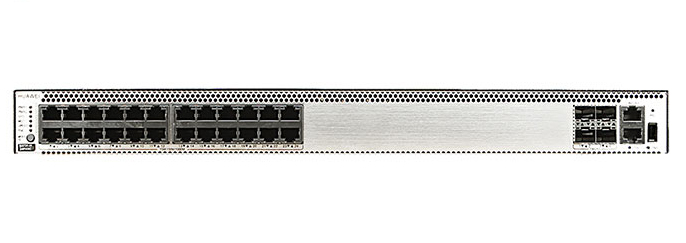
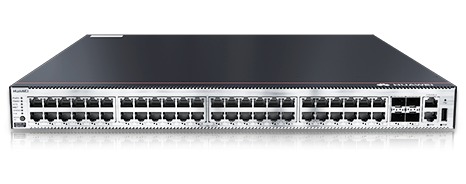
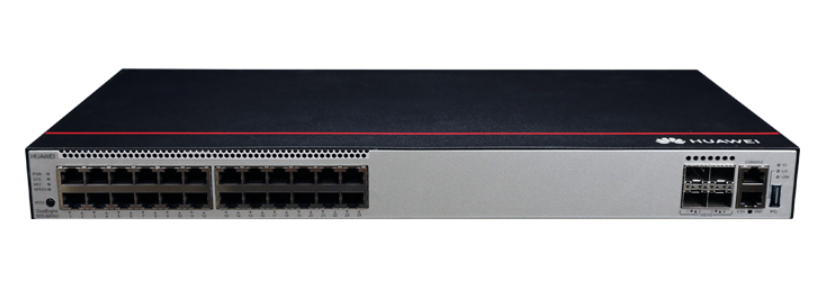
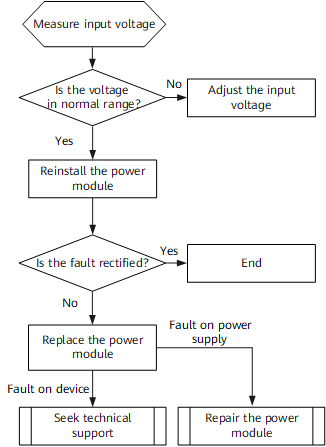
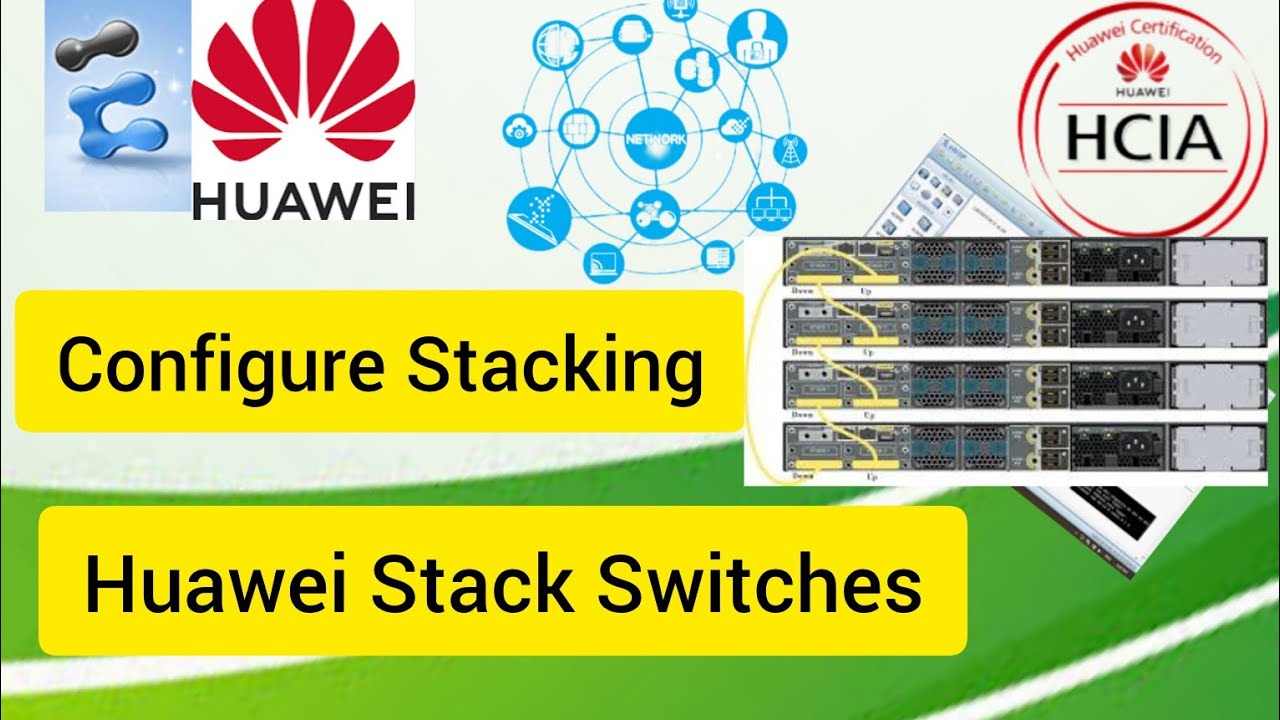
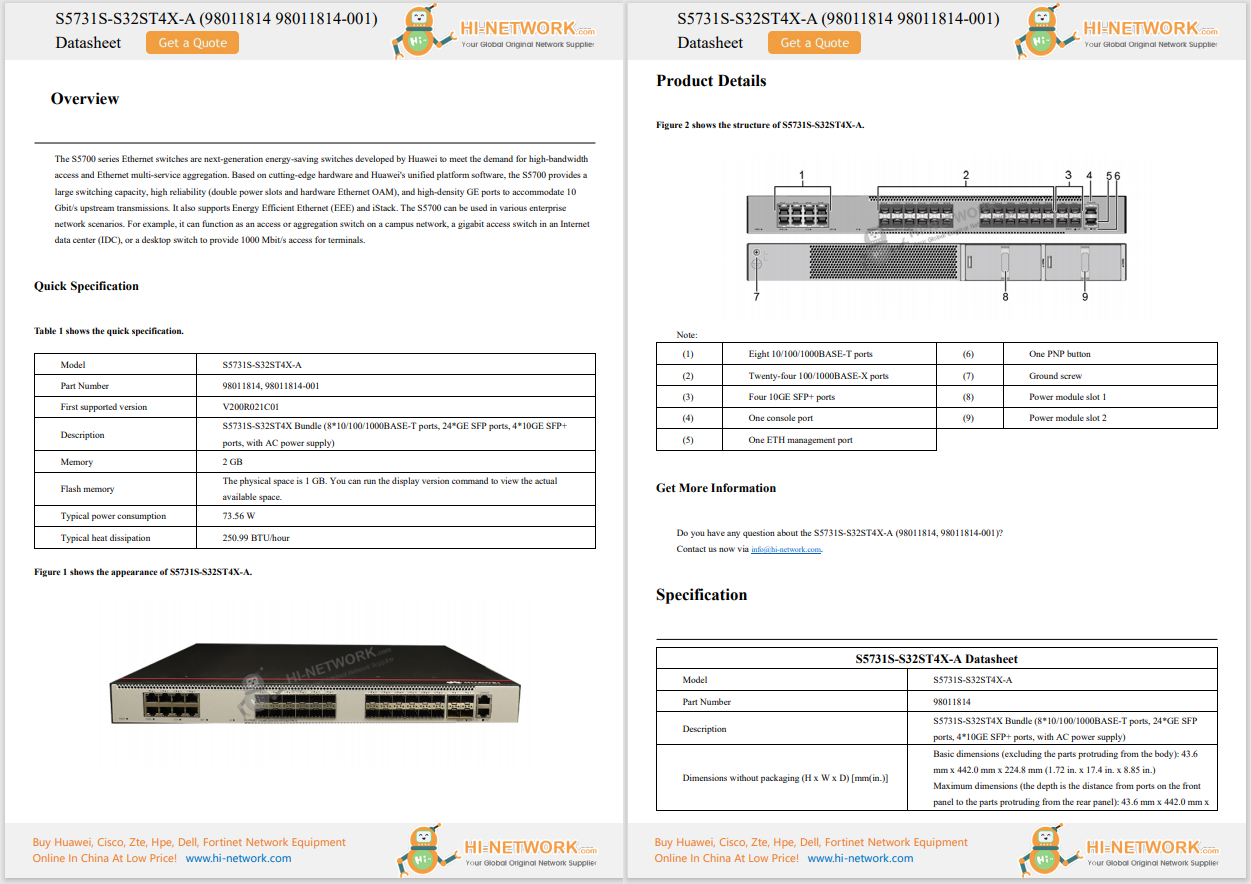
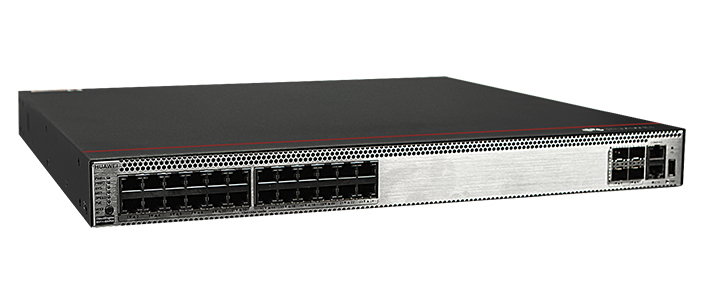
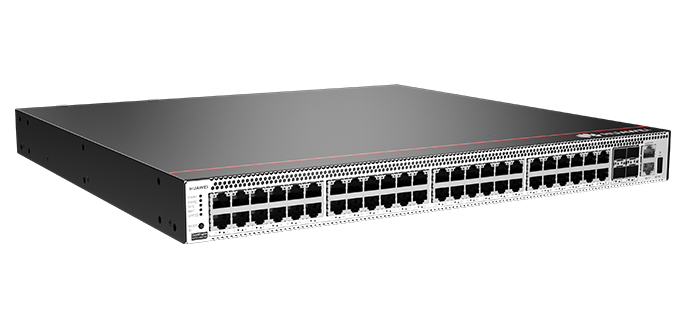
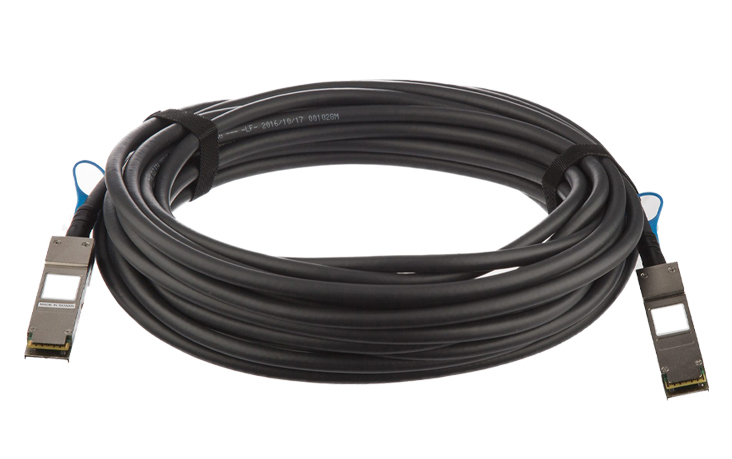
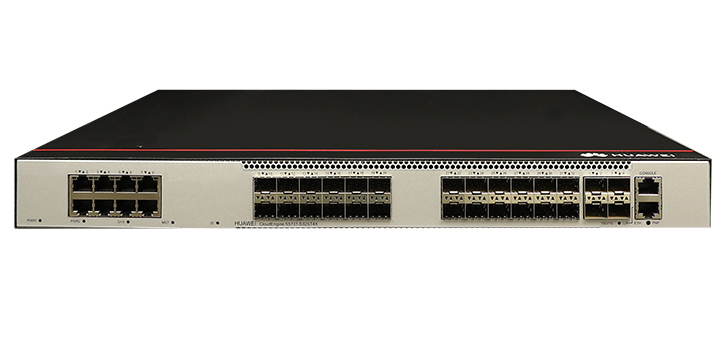
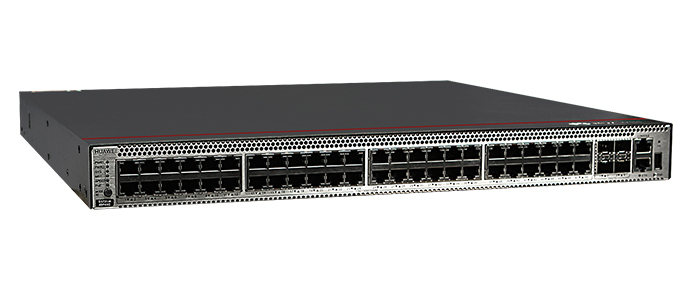
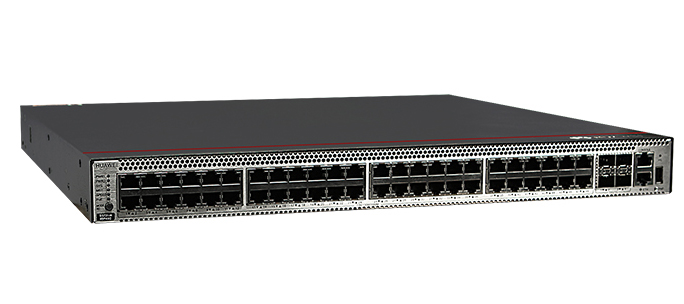
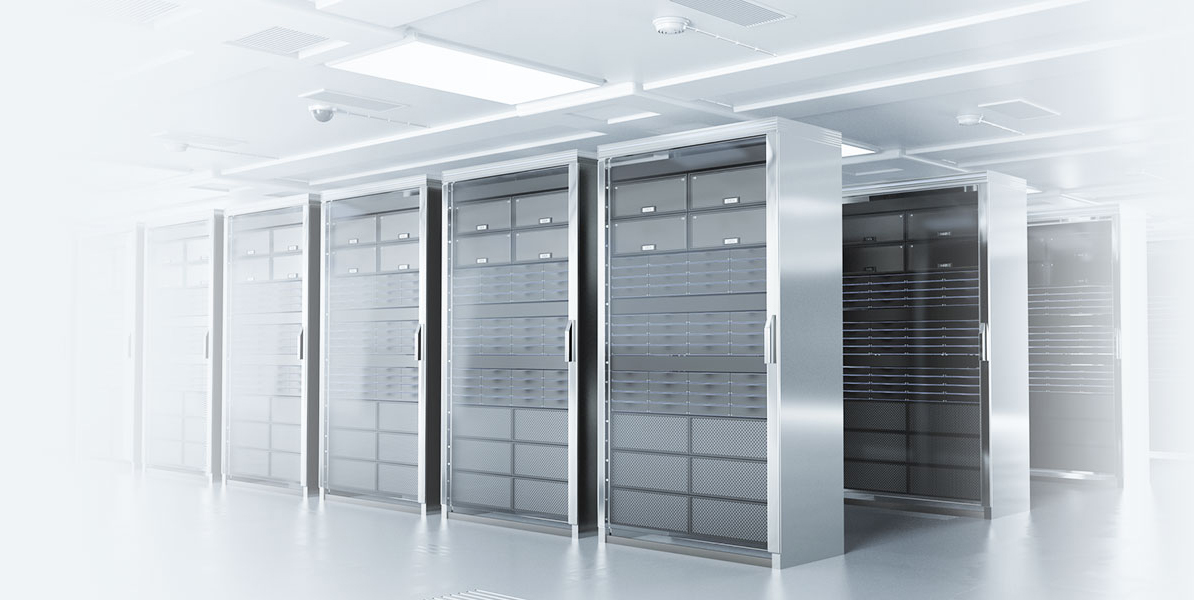
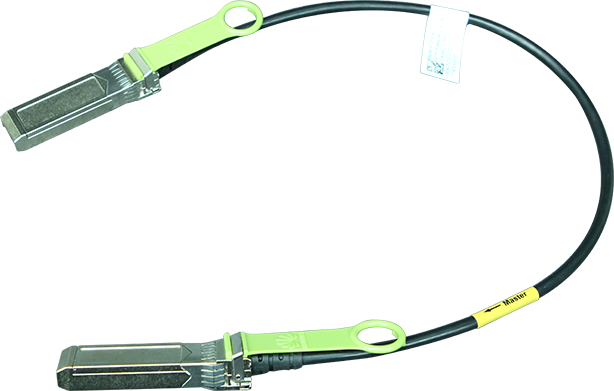
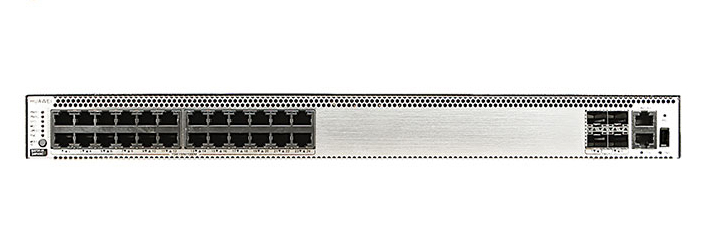
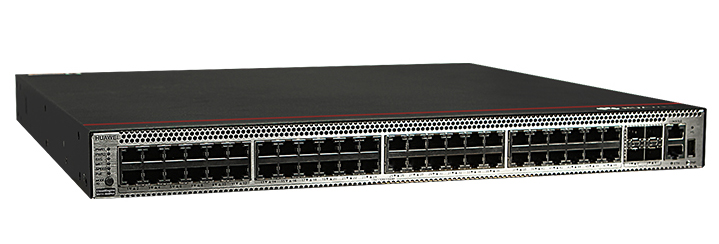
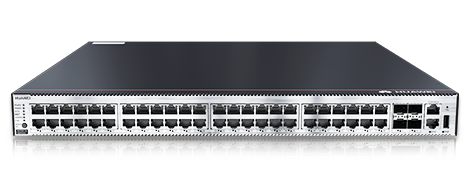
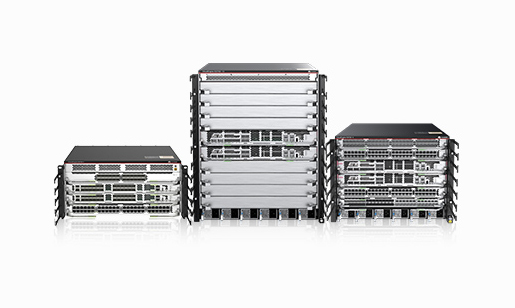
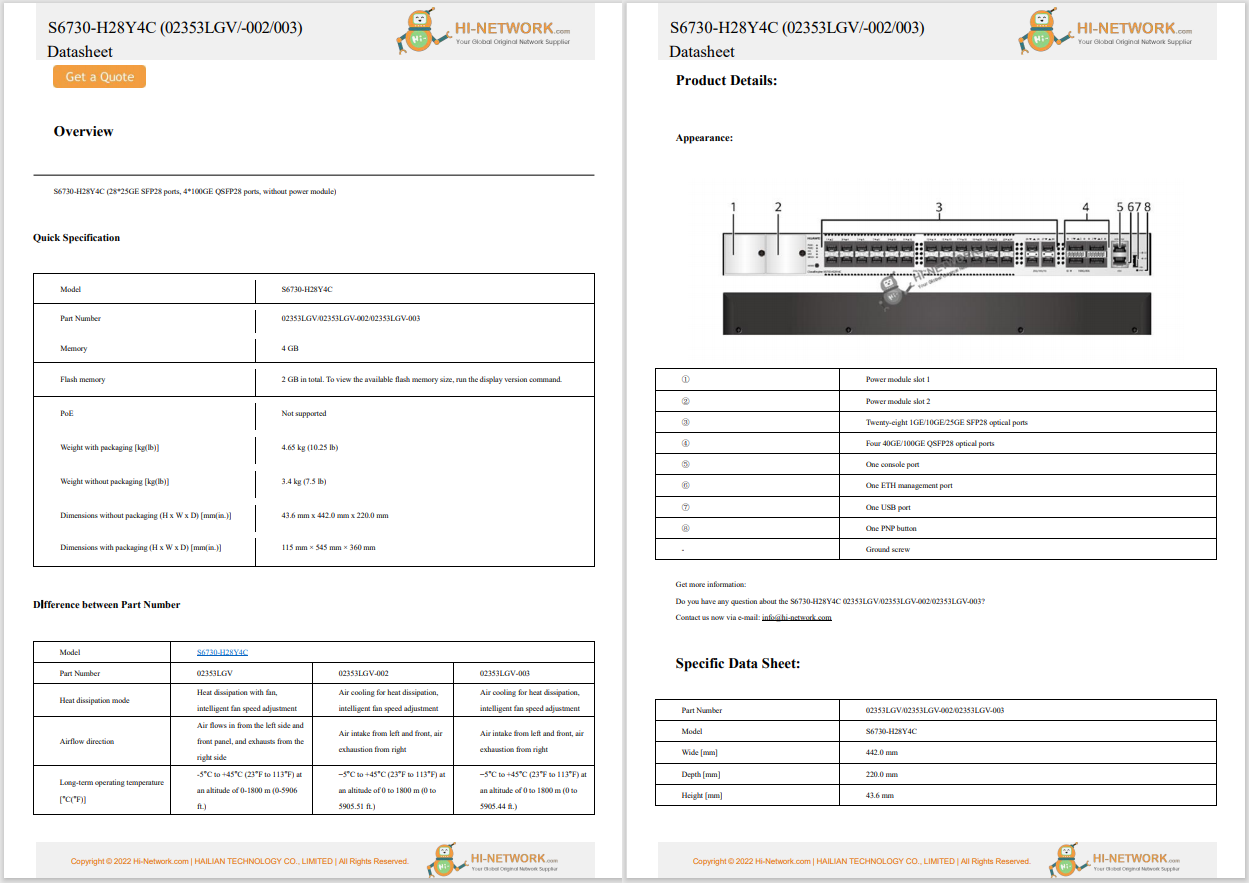


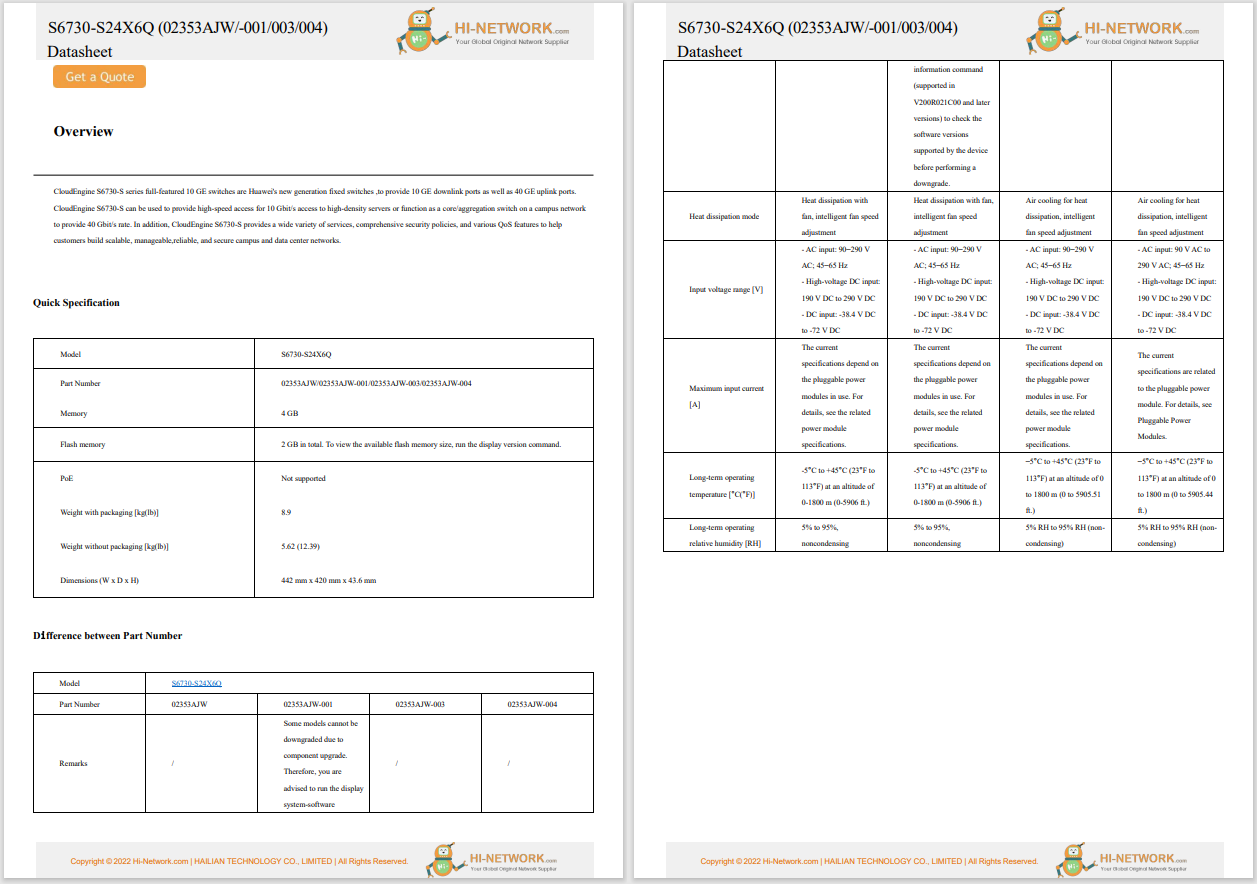

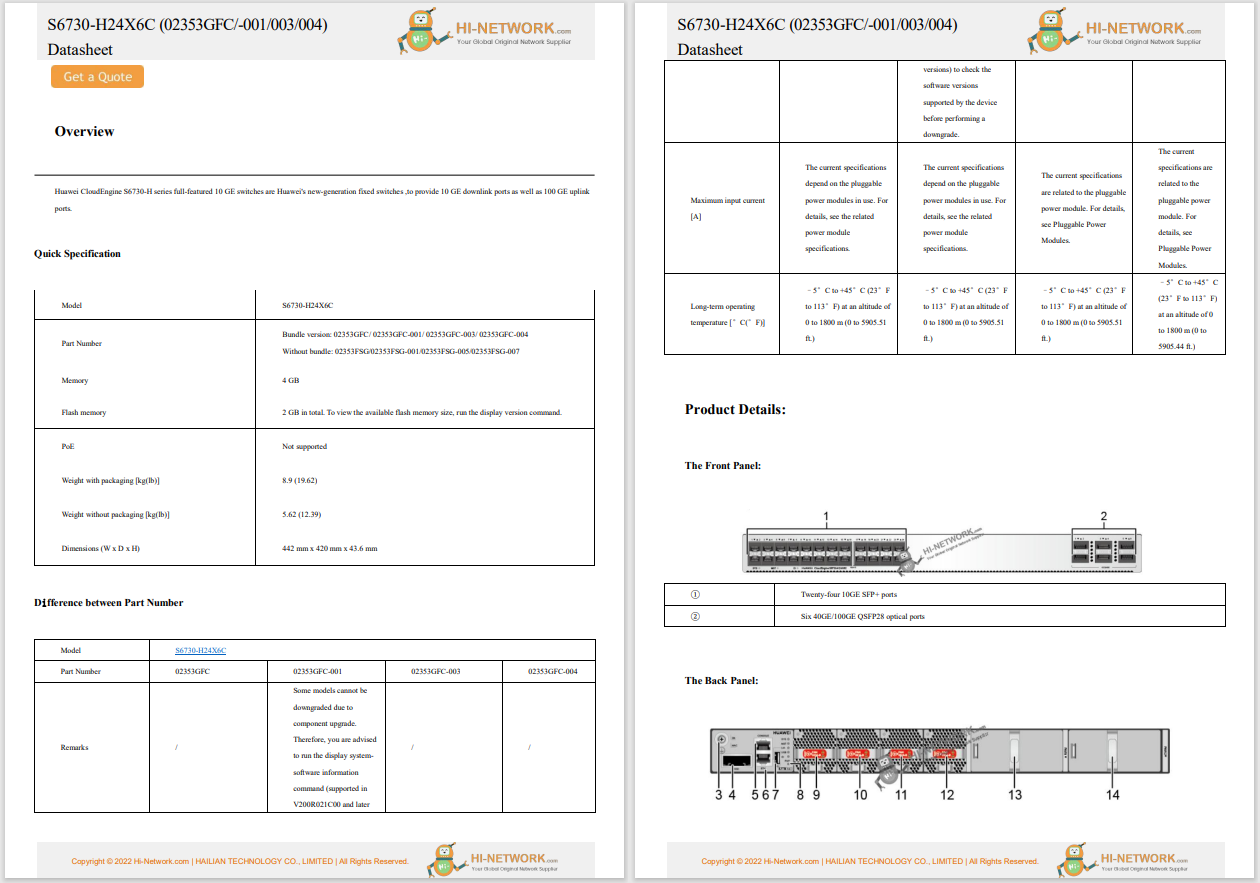

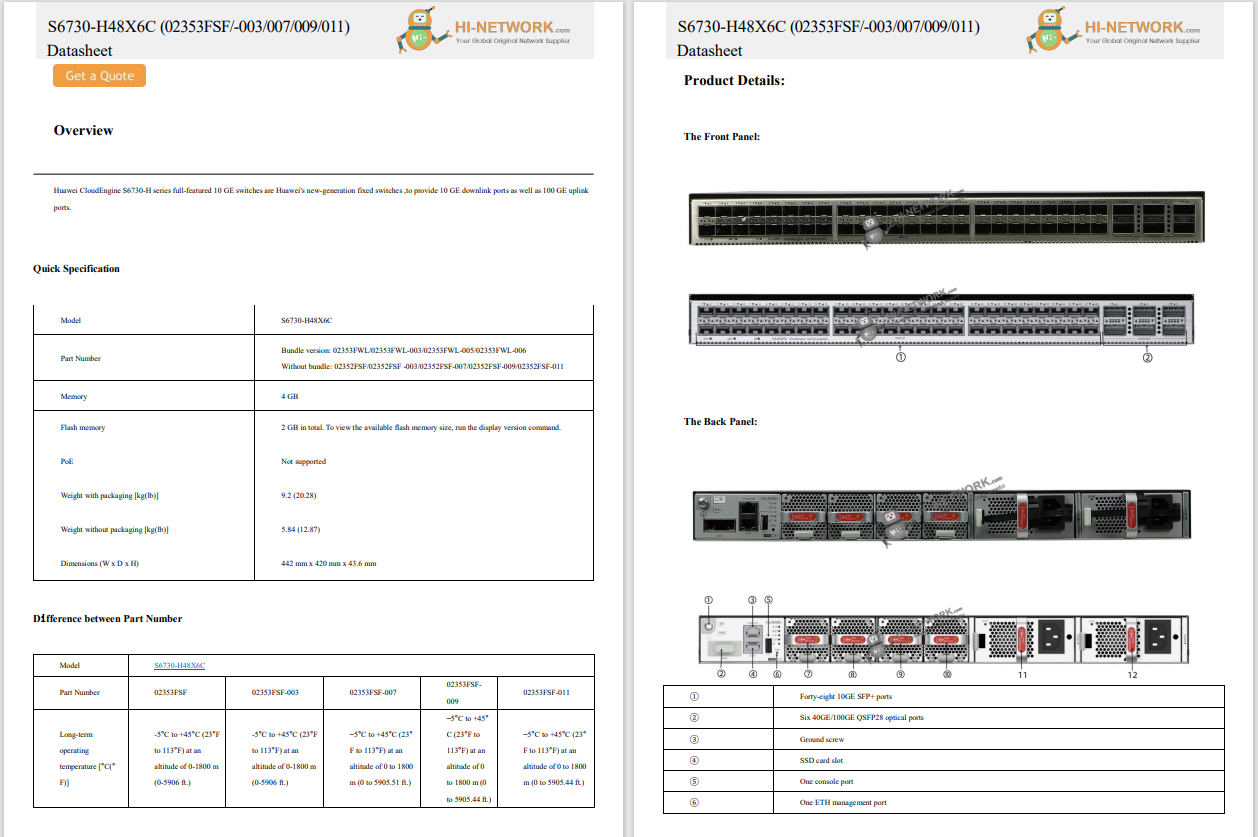
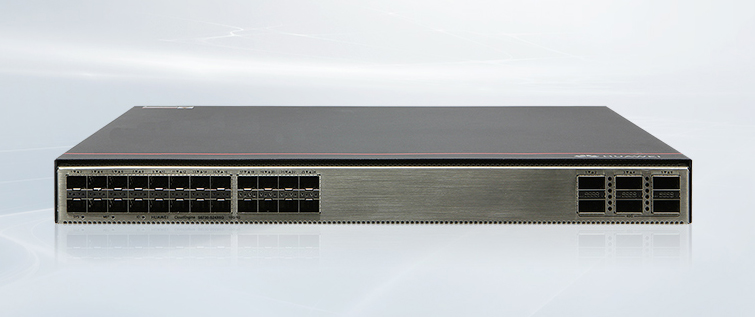


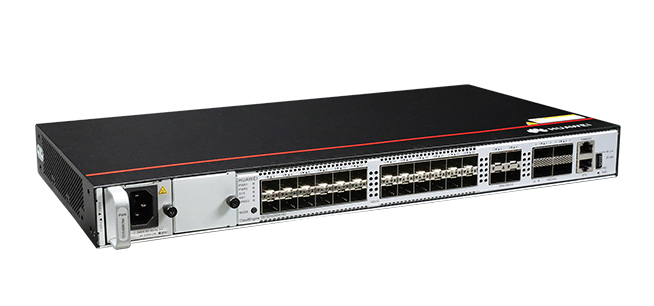
Cisco needed to modernize itsunderutilizedandoutdated real estate portfolioto support new andfutureways of working.Byleveraging its own,unique networking and collaboration technologies,Cisco wasableto transformits PENN1 office spacein New York Cityinto asmart, data-driven environmentthat optimizesspaceutilization,enhancesuser experience, and servesas a model for Cisco offices worldwide.
In today's world where many employees can work from anywhere with a stable internet connection, getting employees into an officecan bea battle. Why drive when you can sitcomfortably in your own space (and sweatpants)? This workermentality catapulted into fruition with thepandemic.Years later,the officeis no longer thefirst-choicespace for many workers. In fact, it must "earn"the commute.So, how did we create an office that employees want to and enjoy going towithout a mandate?
For years, our real estate portfolio had been underutilized and outdated. We knew this even prior to the pandemic when I began leading the Smart Building business at Cisco. But the pandemic brought further clarity. With the changing policies, we saw a greater need to downsize, and find answers to questions we never had to think about such as:
We knew the data we needed to answer these questions and make informed decisions existed on the wireless network. However, it wasn't readily availableoreasy to access. So instead of relying on inconsistent badging data, we began to look at how we could use the network to unify the disparate components across our infrastructure and visualize spatial data so we could harness the full power of the Cisco technology in our offices. And we had the perfect office to start with- PENN 1 in New York City.
Our formal design process typically involved our partners, including architects and Mechanical Electrical Plumbing (MEB) firms. However, when that was halted due to the pandemic, we brought the process inside of Cisco and started thinking about the problem differently and put the end user experience first. We knew that the way we used space was forever going to change, and the notion of "divest to invest" was built inside of the finance organization. The goal was to invest in key office locations and create hubs as opposed to multiple underutilized spaces.
As it typically goes, organizations transition portfolio in terms of space every ten to fifteen years - the standard length of a corporate lease. As part of this natural evolution and "divest to invest" strategy, we chose to shut down seven offices around the New York City area to invest in the modernization of PENN 1 and our new hybrid work model. The goal was to create an office that would be a magnet for employees and customers, a place they could come to collaborate, meet, celebrate,and more.
To get started, we took a different approach than typical. Instead of designing the technology around the space, we built the spacearoundthe technology. We brought together the best collective knowledge of diverse minds and experiences from Cisco IT and Workplace Resources (WPR) to find a way to unify our technology and create a platform that would be flexible enough to adapt to the future. We wanted to ensure we could easily make changes and upgrade the technology over time without the need to rebuild an office.
To do this, we needed to get a better understanding of how the space was being used, and what kind of infrastructure we could leverage to get insight, while ensuring the employee experience would be the best that it could be. It wasn't just about the space. It was also about the new ways of working, our sustainability and wellness goals, as well as making the critical data available to the right teams to support those initiatives. If we did it right, we'd create a workspace that could scale for future needs and trends.
Here's the beautiful thing. With our powerful portfolio of networking, collaboration, and security solutions - this data already existed in our IT environment, we just needed to unify it to bridge the gap between Operational Technology (OT,) Information Technology (IT,) and real estate. We were able to do this with Cisco Spaces, which allowed us to extract and aggregate the data in a way that made senseandwas reportable to deliver outcomes for everyone.
Cisco Spaces is a single scalable, reliable cloud platform that digitizes space and makes them safer, smarter, more sustainable, while delivering seamless experiences.
Cisco Spaces integrates the data from the network and collaboration devices and visualizes it into a customizable dashboard to tailor to the needs of the specific teams extracting the data for their individualized goals. We unified data across the entire Cisco portfolio using:
By combining these Cisco products and solutions, it allowed us to create amazing employee experiences that deliver a sustainable, yet positive working environment, conducive to both collaboration and individual work.
With the new hybrid work design, we reduced the floor plan of PENN 1 by 25% through space optimization. Every room was built with purpose to amplify the intersection of people and space, regardless of the workplace anyone is physically in. We used the data from our entire technology stack to power numerous outcomes and benefits including:
PENN1 is now a true testament to theuniquepower of our portfolio, and the outcomes enabled throughthe unification of networking with collaboration and security. With amazing experiences becoming the norm for our workforce and easy access to data-driven insights for informed business decision making, the workplace is fully equipped to stand the test of time and deliver outcomes for employees, customers, IT, and everyone across the business.
The PENN 1 office in New York City proudly stands as an example of what the future of workplaces can look like, and the model we use as we develop other offices around the world. The platform we built with PENN 1 is the same model deployed at our offices inATL, Washington DC, Milan, London, Paris, and soon to be Austin. What's most exciting, is the ease with which we can help our customers achieve similar outcomes.
With Cisco Spaces, everything becomes a sensor. For the first time, we've digitized real estate with the data sets from existing Cisco technology that allow us to optimize space like never before. This sets the stage for wayfinding, asset tracking, utilization, and more. With Cisco networking in place, there is powerful data we can help you leverage. If you have Cisco networkingand collaboration devices, that set expands. The flexibility allows us to meet our customers where they are and layer on top of what they already have.
Our workplaces give people a reason to come to the office, enabling better collaboration everywhere. We've already proven that we can do our individual work from anywhere. But we've amplified the experience with technology as an asset that can provide insights to not only IT, but other influencers and buyers in the marketplace whether it's real estate or the head of retail operations.
We're changing the conversations we can have with our customers around what's possible and shaping the future of smart building technology with the power of unified data.
To learn more, check outthis video, read thePENN 1 case study,and exploreCisco Spaces
Additional Resources:
 Hot Tags :
Cisco on Cisco
Cisco Spaces
Future-Proofed Workplace
Hot Tags :
Cisco on Cisco
Cisco Spaces
Future-Proofed Workplace